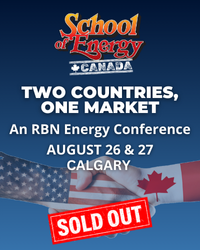With a dwindling market for their crude, many U.S. producers are confronting an unavoidable choice: shutting in existing production. Just go out and flip a switch and turn a valve, right? Wrong. Like everything else in the COVID era, shutting in production is complicated. It is the alternative of last resort for producers, whose primary directive is the economic extraction of oil and gas. But with demand for their products crushed, production from some wells no longer makes economic sense. Unfortunately, the process of shutting in wells is charged with contractual, economic and operational issues that the industry is scrambling to deal with. The situation is fraught with uncertainty, and many producers’ futures depend on how decisively they manage the shut-in process. Today, we discuss the urgent need to reduce oil production and the judgments producers will be making as they take wells offline.
Only six months ago, the leading concerns of producers in the Permian, the Bakken and most other U.S. shale plays were related to infrastructure. Would there be enough pipeline takeaway capacity to keep pace with production growth? Would the lack of sufficient gas processing or gas pipeline capacity force a slowdown in crude drilling-and-completion activity? Would new crude export capacity along the Gulf Coast come online fast enough? Those days feel like a distant memory. Nowadays, many U.S. producers are in survival mode. Crude oil prices are in record-low territory as demand has plummeted and storage space at the Cushing, OK, hub and along the Gulf Coast is filling fast.
As we discussed last week in How Much More Can I Take, the U.S. supply-demand balance is totally out of whack. The impact of COVID-related social distancing measures on transportation fuels has pulled 3.5 MMb/d of U.S. refining demand out of the crude market. That situation in the U.S. and globally has resulted in a glut of crude, which has weighed down prices. The market’s response has been to adjust the other factors affecting supply and demand: imports, exports and production. When those factors are insufficient, the balance gets pushed into inventory. But storage is filling and as it does, the options for producers to deal with surpluses are narrowing.
Join Backstage Pass to Read Full Article







